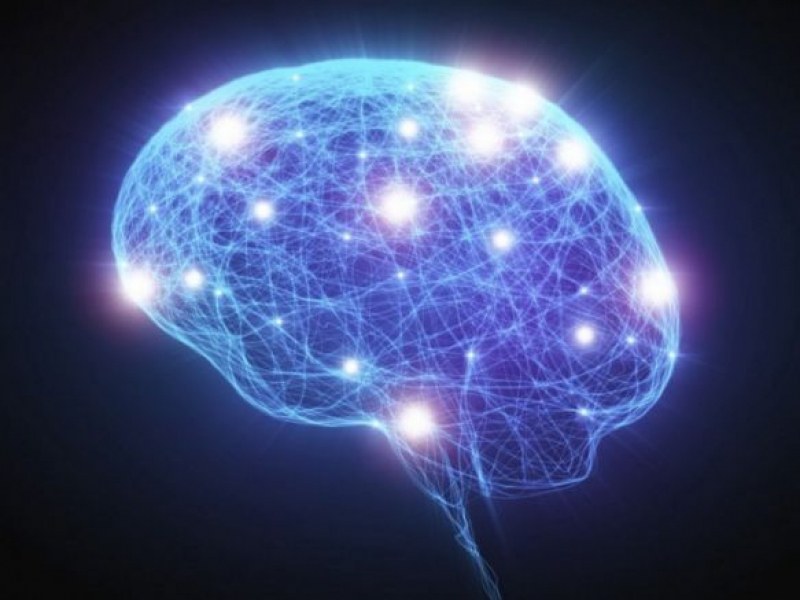Stimulation with ultra-thin microelectrodes has no side effects, scientists say.
Researchers at Lund University in Sweden have developed a new method of stimulating with ultra-thin microelectrodes to treat severe pain, according to the online edition of Medical Express.
It provides effective and personalized pain relief without the usual side effects of painkillers. The results of the study, conducted on mice, were published in the scientific journal Science Advanceis.
Lack of treatment for long-term pain significantly impairs the quality of life of affected patients. Without analgesic treatment, persistent pain complicates patients’ daily activities. Traditional treatment reduces pain, but at the same time affects sensitivity and mental functions, and there is a significant risk of developing dependence on painkillers.
At Lund University, a research team led by Professor of Neurophysiology Jens Schuenborg has developed a method for treating pain by personalized stimulation with ultra-thin and tissue-friendly microelectrodes.
“The electrodes are very soft and extremely gentle on the brain. They are used to specifically activate the pain control centers in the brain, without activating the networks of nerve cells that cause side effects. The method involves implanting a system of ultra-thin electrodes and selecting a subset of electrodes that provide only pain relief without additional effects. This procedure allows for extremely precise and personalized stimulation treatment, which has been proven to work in every individual, “explained Jens Schuenborg.









